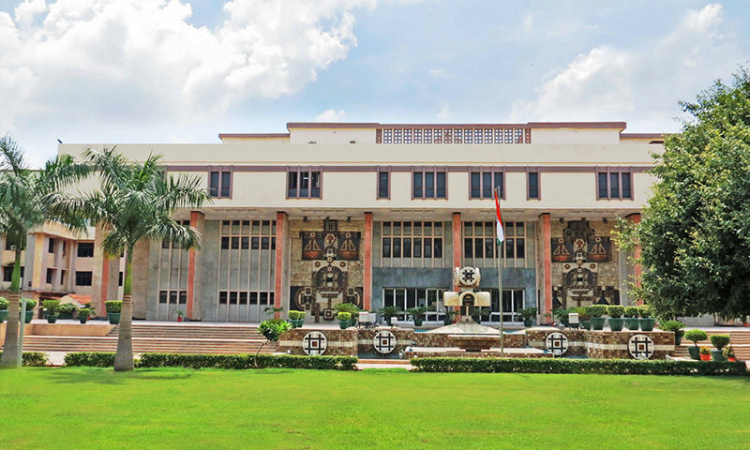Sales Tax Subsidy/Incentive Is Capital Receipt: Delhi High Court
Mariya Paliwala
31 Jan 2024 9:00 PM IST

Next Story
31 Jan 2024 9:00 PM IST
The Delhi High Court has held that the sales tax subsidy or incentive received by the assessee under the Dispersal of Industries Package of Incentives, 1993, was a capital receipt.The bench of Justice Rajiv Shakdher and Justice Girish Kathpalia has observed that the common thread running through various incentives provided under the scheme was the setting up of a new unit or...
